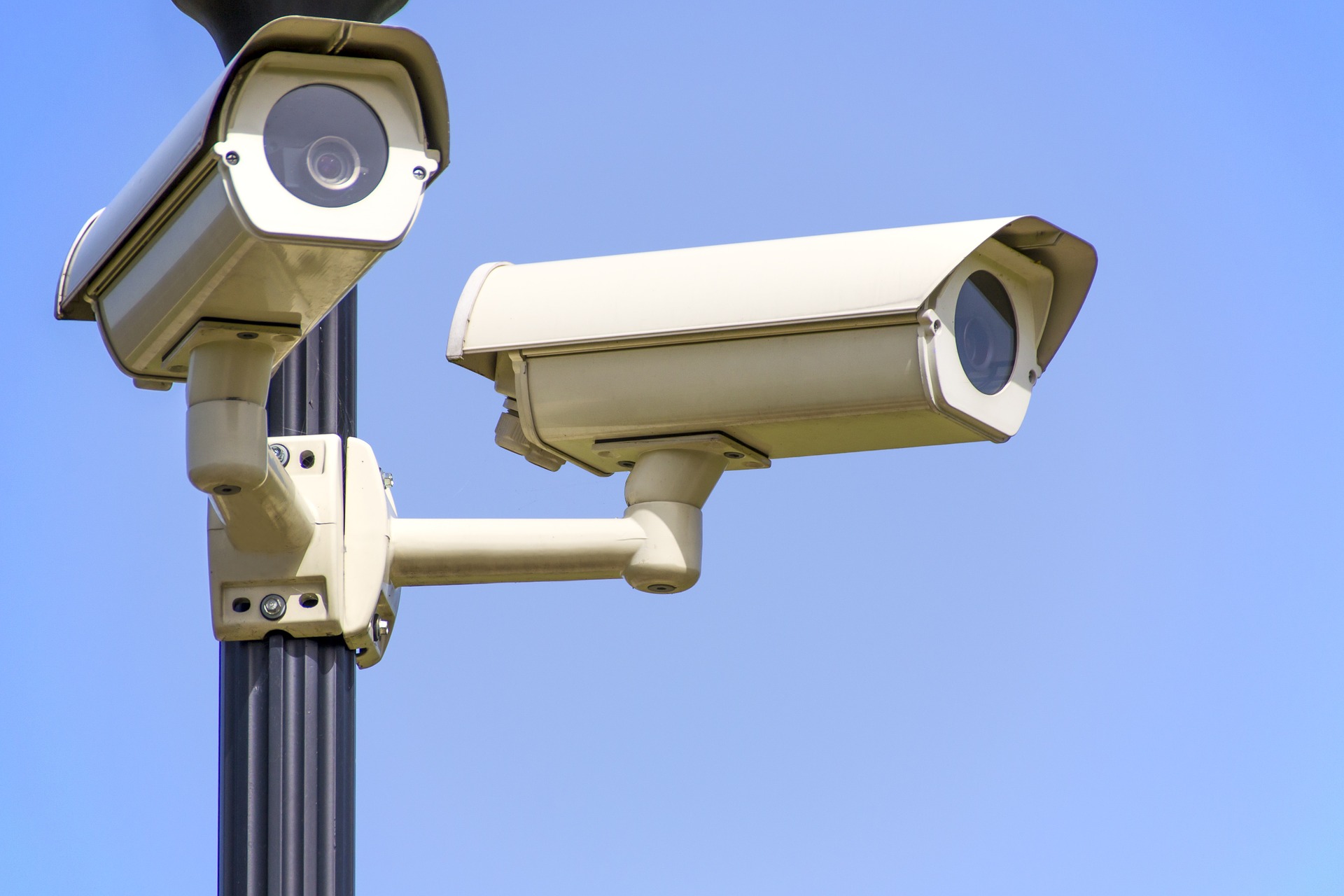Surveillance in Schools Associated With Negative Student Outcomes
Surveillance at schools is meant to keep students safe but sometimes it can make them feel like suspects instead.

Cameras, metal detectors, and other forms of surveillance are designed to keep students safe but can lead to more suspensions, lower math scores, and fewer students attending college after graduation, according to a paper presented at the American Educational Association.
For the paper, researchers used data from the U.S. Department of Education’s Educational Longitudinal Study and looked at approximately 6,000 students.
“We found that schools that rely heavily on metal detectors, random book bag searches, school resource officers, and other methods of surveillance had a negative impact relative to those schools who relied on those technologies least,” says Odis Johnson Jr., the lead author of the study and the Bloomberg Distinguished Professor of Social Policy & STEM Equity at Johns Hopkins.
The researchers also found that Black students are four times more likely to attend a high- versus low-surveillance school, and students who attend high-surveillance schools are more likely to be poor.
Reasons for Increased School Surveillance
Surveillance at schools has increased in response to school shootings, but these efforts may have had unintended consequences for students. “We recognize that safety is important. And there’s no way in which we are suggesting that we shouldn't prioritize safety,” Johnson says. “However, I will say that there is no evidence that the way in which we’ve fortified our schools actually has led to fewer mass shootings.”
Approaches beyond surveillance are needed to combat the tragedy of mass shootings, he says. “I don't believe that stiffer penalties, stiffer laws, and more technology has proven to be effective in deterring school shootings.”
Johnson and his colleagues found that more surveillance equaled more suspensions and other disciplinary actions taken against students, which decreased those students’ chances at success. However, even the performance of students who were not directly penalized were negatively impacted. “They might feel like they're being treated as suspects as opposed to students,” he says. “We also reason that it might make you distrust who you're going to school with. Even if you feel confident that you would never do anything to violate the law, the use of all these other technological surveillance and high rates of suspension will lead people to think that they're there in places where other students might be a concern.”
Tools and ideas to transform education. Sign up below.
Surveillance in The Future
Questions around surveillance at schools are likely to get more complicated as technology improves and more student data is gathered. In addition, emerging technologies such as AI emotion-detecting programs can, theoretically at least, predict student behavior, which raises many ethical questions. “This gets into an idea of predictive policing within school contexts that I don't know that we're really ready for,” Johnson says. “I don't know if we're ready for trying to understand whether these facial recognition patterns that we see should be used to understand what might happen in the future with kids.”
Johnson’s advice for school leaders is not to shun new technology but to think deeply about how technology and policies designed for active shooting situations will be used daily. “What do these technologies do in the 99.9 percent of the time of the school day when that event isn't happening?” he says.
Ultimately, the most important thing for surveillance is to support students’ social and emotional well-being. “Having a healthy social system with respect, a sense of fairness, and trust -- these are things that actually lead kids to believe and adopt the type of morals and character that we would like them to have,” Johnson says. “If we're not cultivating a climate within schools that can achieve that, then surveillance and technology will fail.”
Erik Ofgang is a Tech & Learning contributor. A journalist, author and educator, his work has appeared in The New York Times, the Washington Post, the Smithsonian, The Atlantic, and Associated Press. He currently teaches at Western Connecticut State University’s MFA program. While a staff writer at Connecticut Magazine he won a Society of Professional Journalism Award for his education reporting. He is interested in how humans learn and how technology can make that more effective.

